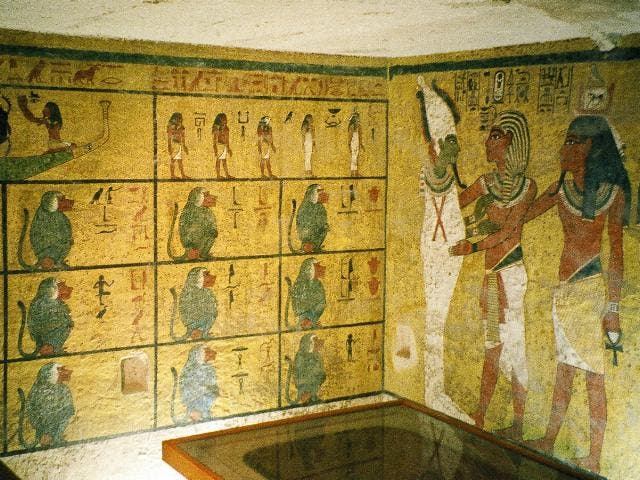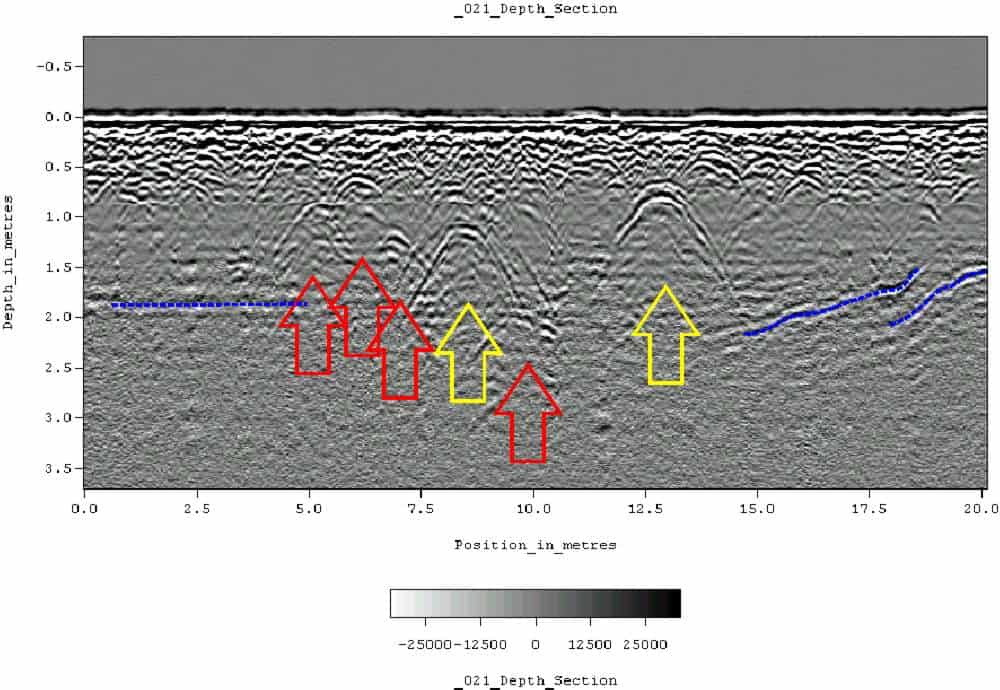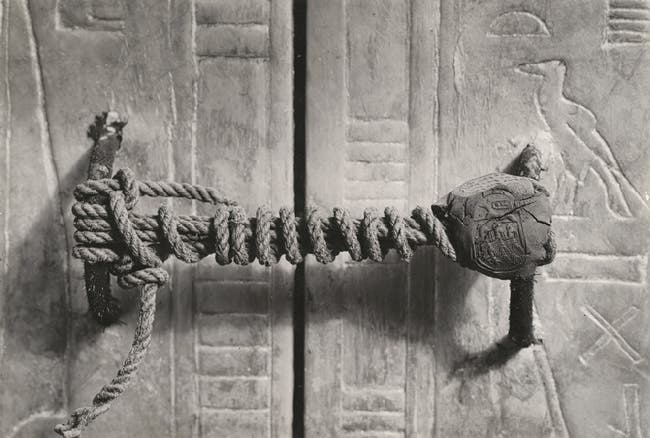The entire world of archaeology was electrified by recent announcements of a hidden chamber in Tutankhamun’s tomb. The story had it all – maybe even too much – false walls, hidden riches, even a mummy, Nefertiti’s mummy. But while the whole situation is still in the air, more and more doubt is being cast on the finding, and the Egyptian government seems to be suppressing important data.

In 2015, the then Egyptian minister of antiquities, Mamdouh Eldamaty, that he was “90% positive” of an unexpected chamber in Tutankhamun’s tomb following a Ground Penetrating Radar (GPR) survey. The data wasn’t publicly released, and to my knowledge, no one has really been able to prove or disprove it. This is where it gets sticky.
The initial optimism was sparked by a veteran Japanese specialist, Hirokatsu Watanabe. But Watanabe has refused to share his data and subject it to verification, making a very dubious statement. He said that he has customized his data so much that it would be impossible for others to understand it:
“When someone says that they want to check the data, I am so sad,” he said. But he expressed no doubts about his results: “I trust my data completely.”
But that verification is the very core of science! Being able to confirm or reproduce someone else’s data is absolutely one of the cornerstones of any important survey. Sure, GPR data is sometimes subjective and it’s often difficult to understand and interpret, but that’s definitely not an excuse.

To make things even murkier, two of the most renowned scientists working with GPR in archaeological have expressed doubts about this. Dean Goodman, a California-based geophysicist carried out another scan in the same place. The survey was organised by the National Geographical Society (NGS). The data and an accompanying report was then sent to the Egyptian ministry of antiquities but was not released to the public. This raised even more doubts: if this data confirmed the original one, then why not release it?
Goodman himself has not commented on the situation, due to a non-disclosure agreement with NGS. But he was earlier quoted by the National Geographic website as saying that no hollow chamber had been found.
“If we had a void, we should have a strong reflection,” he said. “But it just doesn’t exist. Radar data can often be subjective. But at this particular site, it’s not. It’s nice at such an important site to have clear, convincing results.”
Lawrence Conyers, an anthropology professor at the University of Denver and the author of Ground-Penetrating Radar for Archaeology (the go-to book for studies like this one) also expressed his doubts:
“National Geographic came in and collected two sets of data and they used the used all the newest equipment with the right antenna. They first did a scan of a wall where they knew there was a void space behind it and used that as a model, so they knew what they were looking for. They did multiple scans of every single wall, and from what I understand, there is absolutely no indication of a void space.”

Looking at things in the greater perspective, everything seems to point at the absence of a hollow room. There’s simply no evidence to add up. This is a great claim, and great claims require great evidence and this is not nearly the case. To add insult to injury, the way the Egyptian ministry has handled this entire situation, shrouding it in mystery in a very non-scientific way.


